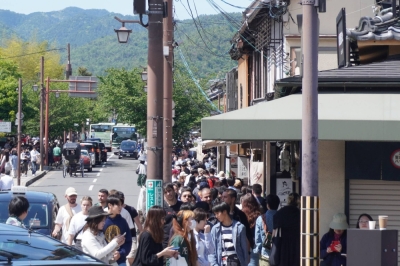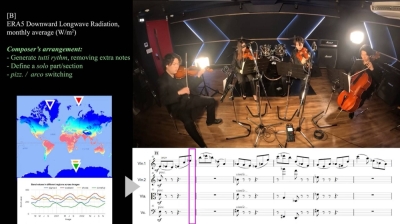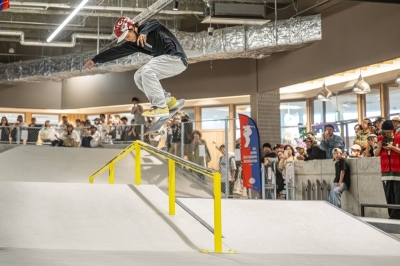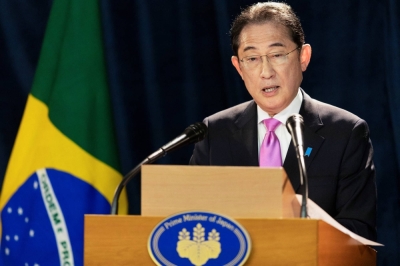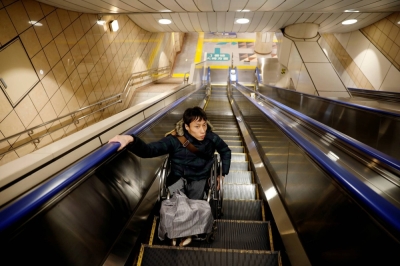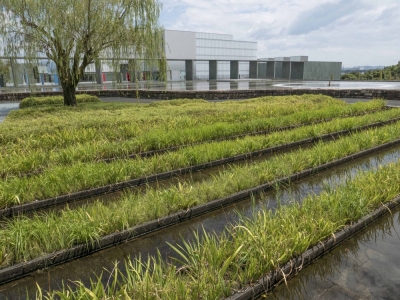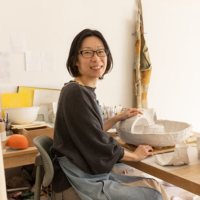Meta
Rei Sasaguchi
For Rei Sasaguchi's latest contributions to The Japan Times, see below:
Sep 11, 2014
Aug 20, 2014
May 7, 2014
Mar 19, 2014
Jan 15, 2014
Oct 23, 2013
Jul 10, 2013
Mar 21, 2013
Sep 20, 2012
Aug 9, 2012
Jul 5, 2012
Dec 29, 2011
Aug 11, 2011
Feb 11, 2011
Jan 14, 2011
























